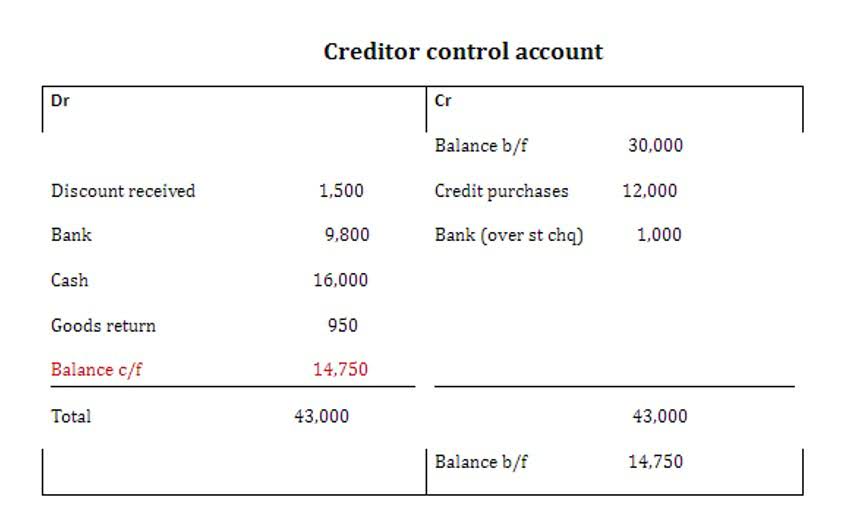
When we prepare a statement of cash flows, we are concerned only with cash transactions. The significant non-cash investing activities are, however, disclosed in the footnotes under the caption “non-cash investing and financing activities”. When a company makes long-term investments in securities, acquires property, equipment, vehicles, or it expands its facilities, etc., it is assumed to be using or reducing the company’s cash and cash equivalents. As a result, these investments and capital expenditures are reported as negative amounts in the cash flows from investing activities section of the SCF.
Understanding Cash Flow From Investing Activities
Until now, we have seen three companies in three different industries and how cash means different things for them. For the service company, it is a way to run a business; for a bank, it is all about cash. These three companies have different things to offer in the cash flow from Investing activities part of the cash flow statement.
Comprehensive Guide to Inventory Accounting
- When investors and analysts want to know how much a company spends on PPE, they can look for the sources and uses of funds in the investing section of the cash flow statement.
- He is an expert on personal finance, corporate finance and real estate and has assisted thousands of clients in meeting their financial goals over his career.
- Analyzing investing activities is typically done through the cash flow statement, specifically within the section dedicated to cash flows from investing activities.
- The cash flow statement is one of the most revealing documents of a firm’s financial statements, but it is often overlooked.
- Thus, the above are some problems as well as solutions to deal with cash flow related to investments.
- When a medium other than cash is used to acquire an asset, we call it a non-cash investing activity.
Below is the cash flow statement from Apple Inc. (AAPL) according to the company’s 10-Q report issued on Nov. 2, 2023. On March 11, 2021, President Biden signed the American Rescue Plan Act of 2021 (ARP) (Pub. L. 117-2). States expect to spend nearly $37 billion on activities to enhance, expand, or strengthen HCBS as a result of ARP section 9817. Risk tolerance varies from person to person and can depend on several factors, including age, financial situation, and investment goals. A higher risk tolerance may allow for more aggressive investments, while a lower risk tolerance may necessitate safer investment choices. Determine your short-term, medium-term, and long-term objectives, accounting whether it’s saving for retirement, funding a child’s education, or purchasing a home.

Investing Activities in Accounting

Essentially, these activities are pivotal in shaping the company’s future potential and financial stability. In accounting, investing activities refers to the purchase and sale of long-term assets and other business investments within a specific reporting period. Investing activities are, in fact, one of the main categories of cash activities that your business would be reporting on its cash flow statement. While preparing the statement of cash flows, the treatment of amortization of intangible assets is similar to the treatment of depreciation on fixed assets.
Cash Flow From Investing Activities Explained: Types and Examples
However, it is also to be noted that many big and well-established companies also have a negative investing cash flow, mainly because of heavy investments done, whose return will take some time. Another example is the sale of investments or assets that the company no longer needs, which can generate cash inflow. This can include selling old inventory, divesting from non-strategic holdings, or liquidating investments that no longer align with the company’s goals. The importance of investing activities lies in their potential to generate revenue and support growth strategies.

How do investing activities differ from operating and financing activities?

It’s beneficial to understand Grocery Store Accounting how a company’s capital expenditures correlate with industry growth prospects, competitive pressures, and technological advancements. Evaluating these aspects can help investors identify whether a company is positioned to capitalize on future opportunities, thereby facilitating more strategic investment decisions. By separating investing activities from operational and financing actions, stakeholders can better evaluate how effectively a company is allocating its resources for growth.

Examples of Cash Inflow and Outflow
It is a non-cash expense and is added back to the net income in the operating activities section under the indirect method. Like depreciation, amortization has nothing to do with the investing activities section. IFRSs, however, require such cash flows to be reported on a consistent basis from period to period. If a company reports a negative amount of cash flow from investing activities, that’s a good clue that the business is investing in capital assets, which means in the future, you can expect their earnings to grow. That’s especially true in capital-driven investing activities industries like manufacturing, which require big investments in fixed assets to grow their businesses. The cash flow that results from all such investing activities needs to be reported under the investing section of your cash flow statement.
As with any financial statement analysis, it’s best to analyze the cash flow statement in tandem with the balance sheet and income statement to get a complete picture of a company’s financial health. Investing activities play a crucial role in the financial ecosystem, not just for businesses but also for individual investors seeking to grow their wealth. By effectively engaging in investing activities, you can forge a path toward financial independence, achieve your goals, and secure your future. In this article, we’ll explore what investing activities are, their significance, types of investing activities, and how they contribute to personal financial growth. What needs to be noted here is that cash flow from investing activities also depends on the age and type of your company.
By making informed investment decisions, companies and individuals can enhance their financial stability and profitability over time. Firms with excess capital or financial institutions such as banks and insurance companies will report the buying and selling activity from their investment portfolios in the investing activity portion of the cash flow statement. Analyzing the cash flow statement is extremely valuable because it provides a reconciliation of the beginning and ending cash balance on the balance sheet. Keep in mind, though, that this analysis is difficult for most publicly traded companies because of the thousands of line items that can go into financial statements.



